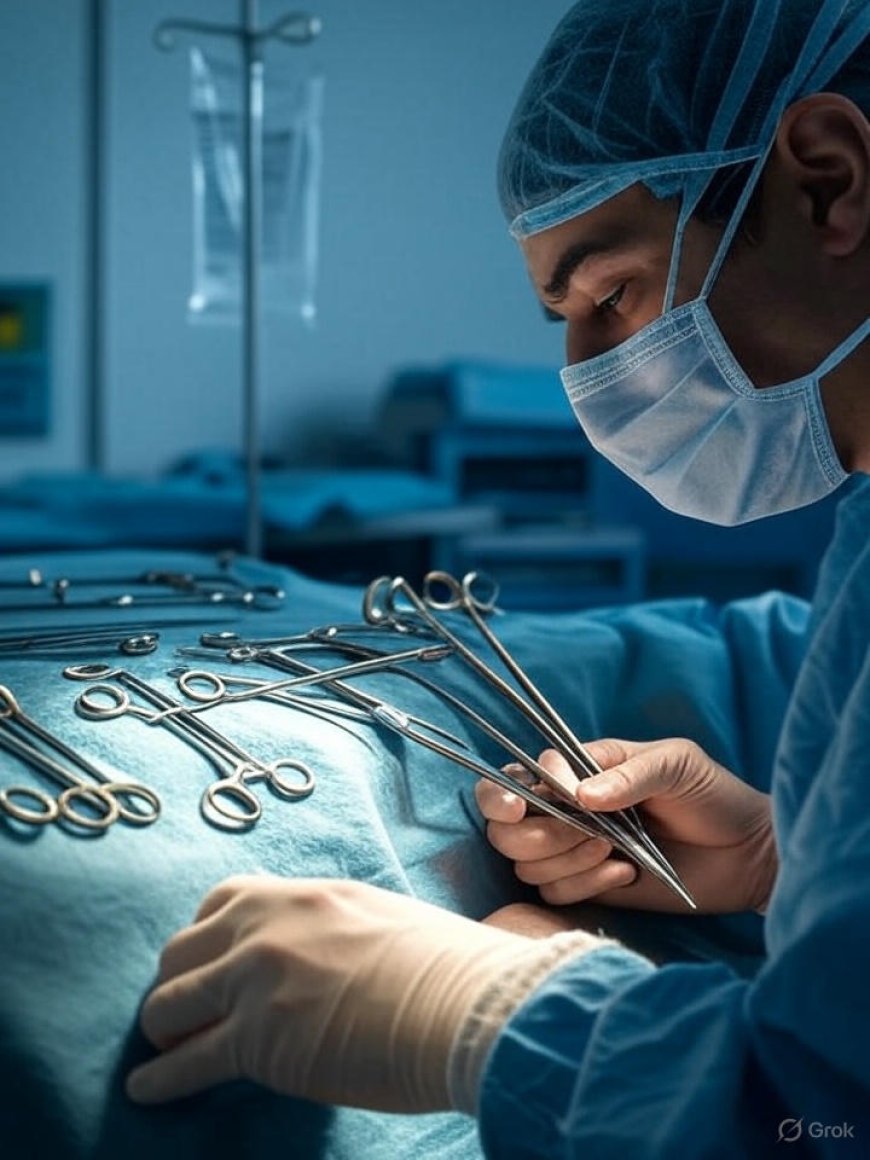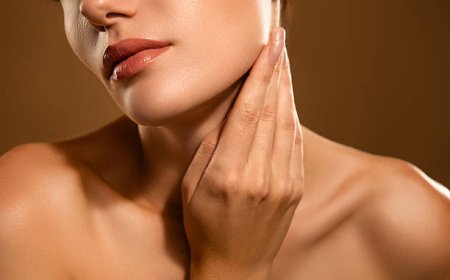Shoulder Replacement Market Outlook 2025–2035: Innovations, Demand Surge, and Future Growth Trajectory
The shoulder replacement market is projected to grow from US$ 2.6 Bn in 2024 to US$ 5.7 Bn by 2035, driven by the increasing prevalence of shoulder injuries, advancements in reverse shoulder arthroplasty, and rising demand for minimally invasive procedures.

The shoulder replacement marketis experiencing strong and sustained growth, driven by a confluence of rising age-related joint disorders, technological breakthroughs in prosthetics, and shifting surgical preferences toward minimally invasive and reverse shoulder procedures. Valued atUS$ 2.6 Bn in 2024, the market is projected to grow at aCAGR of 7.3%to reach overUS$ 5.7 Bn by 2035. A growing geriatric population, increasing incidence of rotator cuff injuries, and advancements in implant design are key factors fostering this upward trajectory.
Market Overview
The shoulder replacement industry is rapidly evolving as patient expectations, surgical capabilities, and implant materials all advance. Traditionally dominated bytotal shoulder replacement, the market is increasingly shifting towardreverse shoulder arthroplasty, particularly for patients with complex rotator cuff injuries or failed prior surgeries. This technique offers improved joint stability and mobility in challenging anatomical situations.
In tandem, innovations inmodular implants,3D printing, androbot-assisted surgeryare enhancing surgical accuracy, enabling custom-fit solutions, and reducing the overall burden on patients through faster recovery and fewer complications. End-users are rapidly adopting these procedures in bothhospitalandambulatory surgical center (ASC)settings, responding to patient demand for quicker and safer solutions.
Market Drivers
1. Rising Incidence of Shoulder Injuries
From sports-related trauma to age-related degeneration, shoulder injuries are on the rise. Activities such as baseball, football, weightlifting, and even heavy labor jobs are leading to conditions likerotator cuff tears,osteoarthritis, andfrozen shoulder. With growing public awareness and better access to diagnostic imaging likeMRI and ultrasound, patients are seeking medical advice earlier, leading to higher surgical volumes.
Elderly individuals are particularly susceptible, with degenerative changes often necessitatingpartial or total shoulder arthroplasty. The need for sustained mobility and quality of life is driving patients to opt for surgical treatments over prolonged conservative therapies.
2. Technological Advancements in Surgical Techniques and Implant Designs
The adoption ofminimally invasivetechniques such asarthroscopyhas transformed shoulder replacement procedures. Smaller incisions, lower infection risks, and faster recovery times have made these surgeries more appealing. Surgeons can now operate with precision usingrobotics,camera-assisted visualization, andcustom implant planning software.
Implant design has also matured significantly. Modern devices incorporatebiocompatible materialsliketitaniumandpolyethylene, which ensure durability, reduce wear, and mimic the natural biomechanics of the human shoulder. Such advancements have widened the patient baseespecially younger or more active individualswho require long-lasting, high-performance implants.
Procedure Insights: Reverse Shoulder Replacement Leading the Way
Thereverse shoulder replacement segmentis expected to command72.8% of the market share in 2025, making it the dominant procedure type. This popularity stems from its proven efficacy in treatingrotator cuff-deficient shoulders,complex fractures, andfailed previous arthroplasties.
Reverse arthroplasty alters the natural ball-and-socket anatomy, allowing the deltoid muscle to compensate for rotator cuff deficiencies, thereby restoring range of motion and shoulder stability. Surgeons increasingly favor this technique due to itslower revision ratesandfavorable outcomesacross a diverse patient group.
Regional Outlook
North America: The Market Leader
North America, led by theUnited States, is forecast to dominate the global shoulder replacement market, holding the highest share throughout the forecast period. Several factors underpin this leadership:
-
High geriatric population
-
Advanced surgical infrastructure
-
Rapid adoption of robotics and AI-driven planning tools
-
Strong reimbursement environment
The presence of key orthopedic device companies likeZimmer Biomet,Stryker, andSmith+Nephewsupports ongoing innovation. The U.S., in particular, seeshigh volumes of shoulder arthroplasty, driven by increasing sports injuries and age-related joint degeneration.
Asia Pacific: Fastest-Growing Region
The Asia Pacific region is emerging as a hotbed of growth, driven by rising healthcare investments inIndia,China, andSouth Korea. Increasing awareness, better insurance penetration, and improved access to orthopedic care are facilitating the uptake of shoulder replacement surgeries in these economies.
Key Players and Competitive Landscape
Major companies are focused onR&D,strategic partnerships, andgeographical expansion. Leading players include:
-
Zimmer Biomet Holdings, Inc.
-
Stryker Corporation
-
DePuy Synthes (Johnson & Johnson)
-
Smith+Nephew
-
DJO Global, Inc. (Enovis)
-
Arthrex, Inc.
-
Exatech Inc.
-
Integra LifeSciences Corporation
Notable developments:
-
February 2024:Smith+Nephewlaunched itsAETOS Shoulder Systemin the U.S. with FDA clearance for 3D planning and patient-specific instrumentation.
-
April 2024:Zimmer Biometcompleted the worldsfirst robotic-assisted shoulder replacementusing itsROSA Shoulder Systemat Mayo Clinic, enhancing precision and outcomes.
Future Outlook
The future of the shoulder replacement market is promising, supported by:
-
Personalized and patient-specific implants
-
Wider adoption of robotic surgery
-
Lowering surgical costs in emerging markets
-
Integration of AI for preoperative planning
Despite challenges like high implant costs and access limitations in developing countries, the continued innovation pipeline and growing demand for mobility-enhancing procedures will ensure consistent market expansion.
























